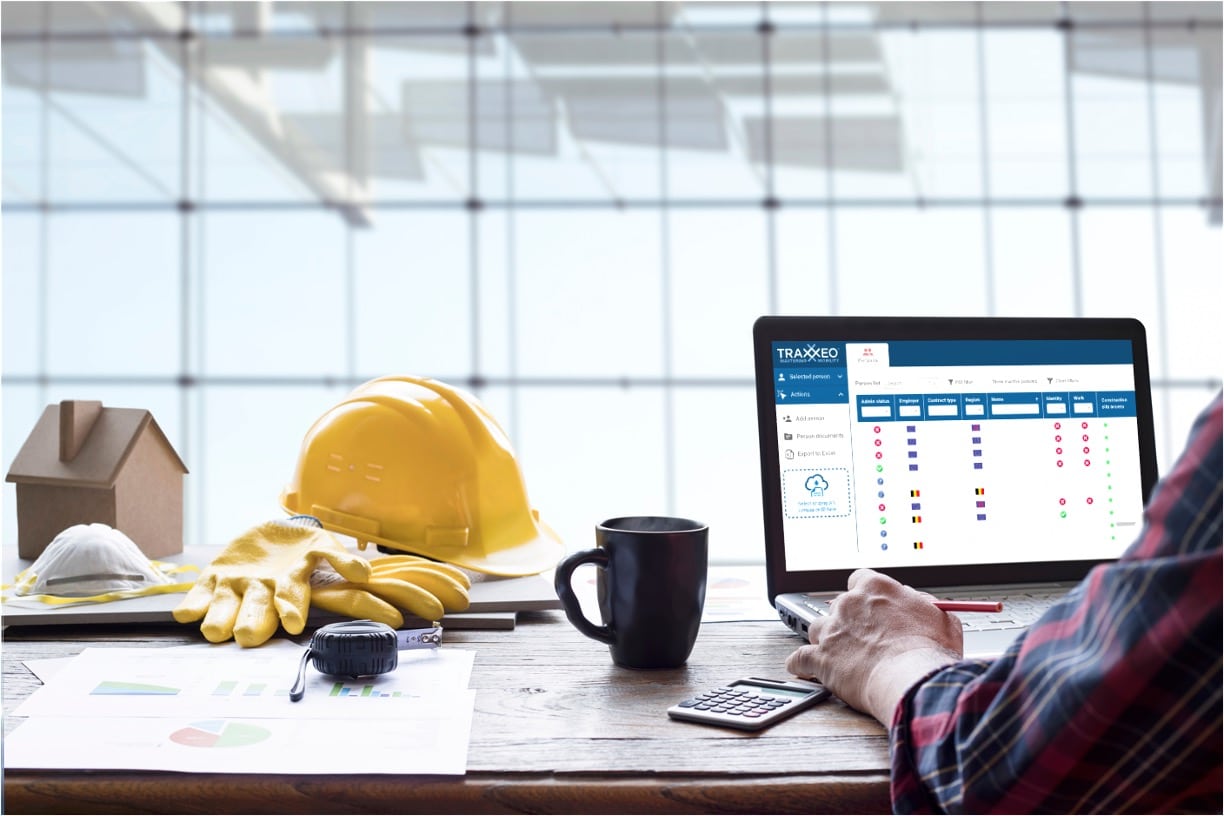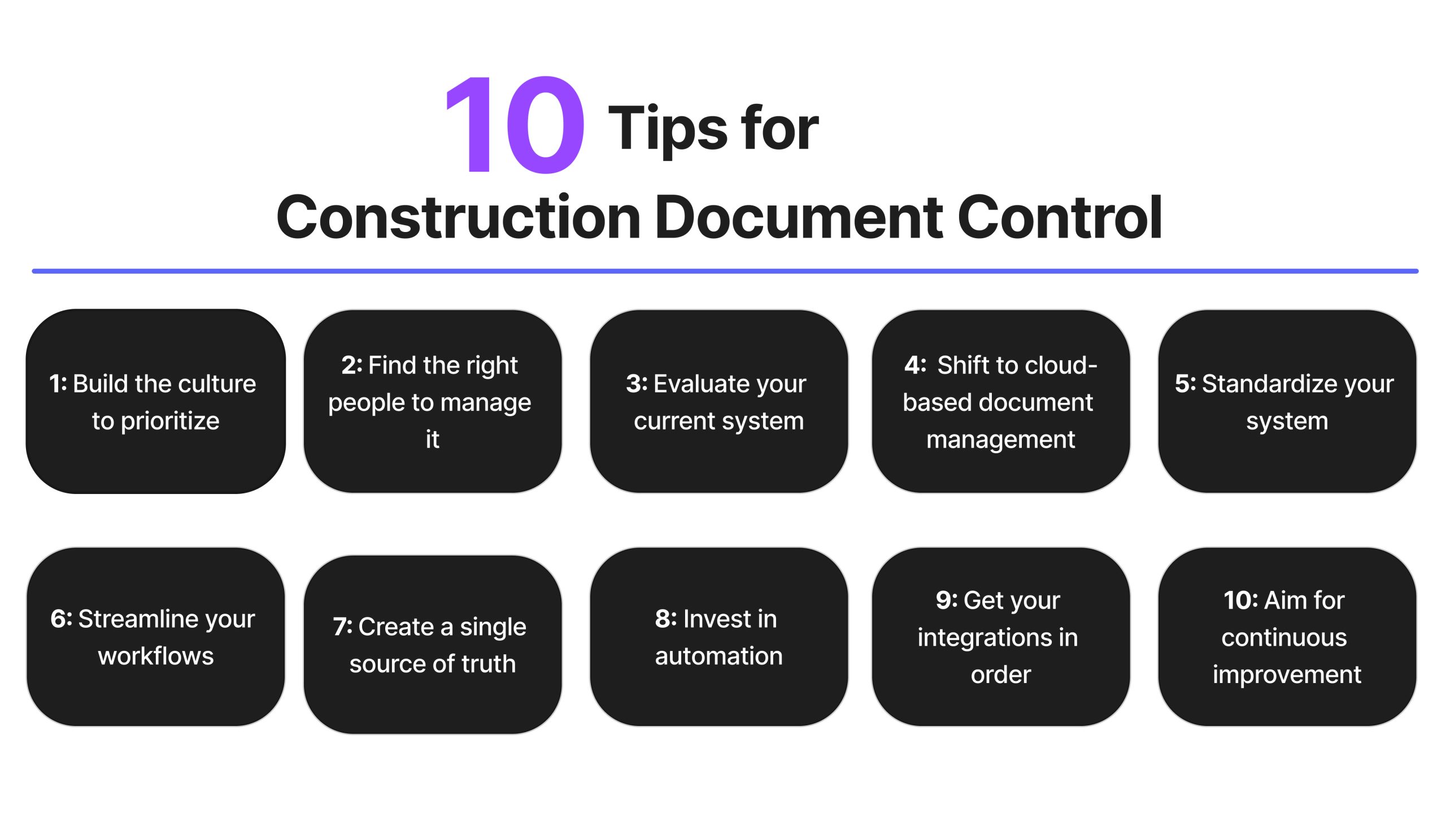Browsing Intricacy: Just How Construction Document Management Software Can Help
Browsing Intricacy: Just How Construction Document Management Software Can Help
Blog Article
Enhancing Workflow Performance: Designer's Expert Approaches for Building Document Monitoring
In the world of architectural layout and building and construction, the careful administration of files stands as a cornerstone for task success. Designers employ various approaches to improve process efficiency and streamline construction document management processes. From proficient organization strategies to the integration of collaborative systems and the execution of protected information management options, architects navigate an intricate landscape of tools and techniques. Nonetheless, in the middle of this intricacy, a select couple of expert methods have actually become important in optimizing operations efficiency. These techniques not just make certain smooth job development yet also hold the key to unlocking improved performance and accuracy in the complex realm of construction file administration.
Secret File Organization Techniques
When managing building and construction documents, among the key strategies that architects employ is developing a effective and systematic company system. This system generally involves classifying papers based on their type, such as illustrations, specs, contracts, and permits. By developing unique and clear categories, architects can promptly find particular details when required, saving time and minimizing mistakes in the building process.
Within each group, architects additionally organize files by utilizing or developing subfolders numbering systems to denote variations or revisions (construction document management). This ordered framework ensures that the most present and pertinent details is conveniently obtainable while keeping a record of modifications made throughout the project timeline
Additionally, designers often use electronic document management systems that supply attributes like keyword search functions, variation control, and accessibility restrictions to enhance organization and cooperation among project stakeholders. These tools improve the file retrieval process, promote real-time updates, and facilitate smooth interaction, inevitably adding to the general success of the building job.
Collaborative Platform Integration
To maximize record monitoring performance in building jobs, engineers perfectly integrate collaborative systems to boost communication and streamline coordination amongst job stakeholders. By leveraging joint systems such as job administration software program, cloud-based storage space systems, and interaction devices, designers can develop a centralized hub for all project-related files and communication channels. These platforms enable staff member to access, testimonial, and work together on documents in real-time, lowering delays and the risk of mistakes related to typical paper management approaches.
Collective system integration likewise cultivates transparency and responsibility within the task team, as all stakeholders have exposure right into the most up to date job updates and alterations. By centralizing interaction and record sharing, designers can make certain that all staff member are working from one of the most current information, reducing the possibilities of misconceptions or problems developing because of obsolete documents.
Moreover, joint systems enable seamless collaboration between designers, service providers, customers, and various other task stakeholders, advertising an extra cohesive and efficient useful link job process. By damaging down interaction obstacles and facilitating information exchange, architects can drive productivity and advancement in building jobs, eventually causing effective job results.
Version Control Finest Practices
Carrying out efficient version control practices is important for keeping document precision and uniformity in building and construction tasks. By developing a clear system for handling modifications, job teams can guarantee that everyone is working from the most up-to-date documentation, reducing the risk of errors and inconsistencies during the construction phase.
Among the key best techniques for variation control is to appoint special identifiers to each document version. This can be attained by utilizing a numbering system or day stamp that clearly indicates the order of alterations. By clearly labeling each version, group members can quickly track the development of the file and recognize the most current version.

Automation Devices for Effectiveness

File control software application, like Procore or PlanGrid, streamlines project documents, making it quickly accessible to all stakeholders. These platforms permit for real-time cooperation, variation control, and automated back-ups, safeguarding versus data loss. In Addition, Building Details Modeling (BIM) software application automates the generation of construction illustrations and guarantees that adjustments are synchronized across all relevant documents.
Incorporating automation devices with cloud storage services even more improves availability and security. By automating the record management procedure, project teams can concentrate their effort and time on value-adding activities, inevitably enhancing productivity and project outcomes.
Secure Information Monitoring Solutions
Successfully protecting and taking care of project information is paramount in the building and construction industry to make sure confidentiality and stability throughout the task lifecycle. Architectural companies can make use of encrypted cloud storage solutions to firmly share and keep task files with accredited personnel.
Moreover, utilizing electronic civil liberties administration (DRM) devices adds an additional layer of protection by avoiding the unauthorized circulation or duplication of project papers. Normal data backups are essential to alleviate the risk of data loss as a result of unforeseen scenarios like equipment failures or cyber-attacks. Collective systems with integrated safety and security functions allow smooth communication and data sharing amongst job staff member while keeping information honesty.
Conclusion
Finally, executing essential paper organization methods, integrating collective systems, practicing version control finest methods, using automation tools, and embracing safe information administration options are crucial approaches for boosting operations effectiveness in building file administration. These professional techniques can streamline procedures, boost interaction, guarantee accuracy, and maintain information security throughout the building and construction task lifecycle.
In the world of building design and construction, the meticulous monitoring of records stands as a keystone for job success. These techniques not only ensure smooth task progression but additionally hold the crucial to unlocking click here to read boosted performance and accuracy in the elaborate world of building file management.
To maximize paper administration efficiency in building and construction jobs, architects seamlessly incorporate collaborative systems to improve interaction and enhance coordination amongst job stakeholders. These systems allow group participants to access, testimonial, and work together on files in real-time, lowering delays and the threat of errors linked with conventional record management approaches.
Utilizing automation tools in building and construction file monitoring considerably enhances performance and improves processes for job teams. construction document management.
Report this page